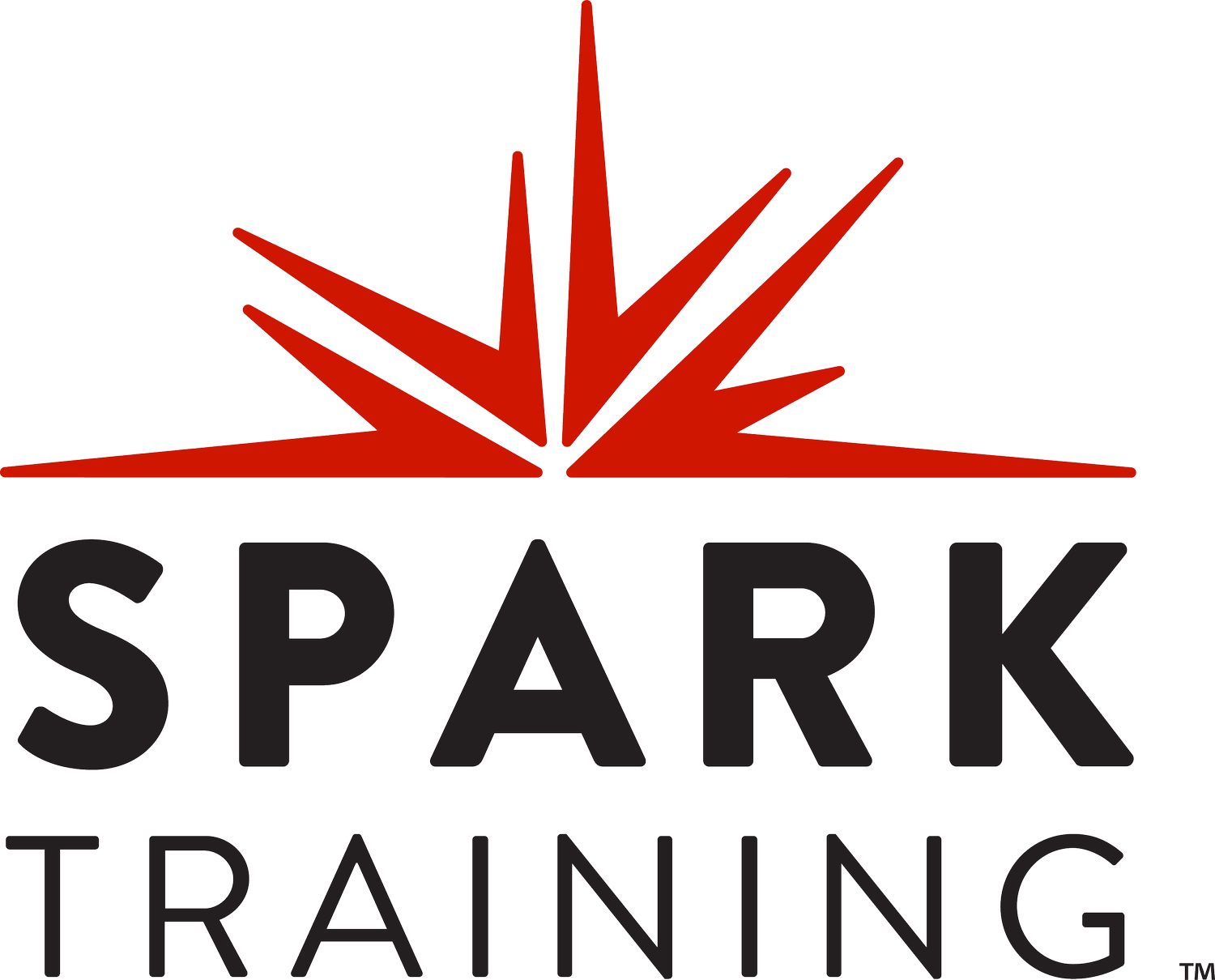Lowering Death and Recidivism in Jail with Accreditation
Could accreditation be the key to reducing death and recidivism in jails? A recent study out of Harvard links accreditation from a national commission to lower death and recidivism rates in jail. The question is:
Why was accreditation linked to improved healthcare delivery, and how can you replicate these results in your own jail?
Here’s what Spark Training recommends:
Have an RN at intake
Detainees often come into jail with limited or no medical history. Custody and health staff are often asked to make decisions based on initial observations or a detainee’s self-report. Officers are not healthcare personnel and may miss subtle indicators of sickness that RNs are trained to spot.
Having an RN at intake allows for a person with a medical background to assess and ask the right questions to inform function needs and potential illness. Although there are many talented and skilled jail nurses that are not licensed RNs, non-RNs do not have the appropriate training or qualifications to complete a medical assessment. For example, many states limit the role of LPNs to supportive care under the direct supervision of an RN. Even if a knowledgeable LPN is placed at intake, they are prohibited from performing an assessment by their scope of practice. Have an RN at intake to improve medical screening and obtain an accurate health history.
Implement mental health screening at intake
It is not enough to have a one-question suicide screening to cover mental health history at intake. At least 64% of detainees struggle with a mental illness of some kind.¹
Without an in-depth mental health screening, it is difficult for custody staff to know whether a detainee is acting out or in need of medical or mental health care. Good mental health screening can help inform mental health care and serve as a medical record that can be referenced by custody, medical staff, and discharge planners.
Implement mental health screening at intake to inform detainee care at day one.
Fight for funding
The good news is that the recent accreditation study determined improved health outcomes end up being more cost-effective for the county in the long run, due to decreased recidivism, death, and lawsuits. Even when accounting for the cost of staffing, employing RNs and improving health processes could see a net benefit of $5 to $69 million per year, according to the study.
Before jails can see the positive financial outcomes of an improved the healthcare program, they need funding to get started. It has historically been the responsibility of the county to provide medical care regardless of cost due to Estelle v. Gamble (1976). Despite this, many communities refuse to prioritize funding for jails and medical care is oftentimes not covered by federal funds.² However, there are some opportunities for federal and nonprofit funding through grants or Section 1115 waivers.
Check if your state is approved for Section 1115 waivers on KFF.org’s Waiver Watch page. If not, consider:
· Leaving a public comment on pending waivers in your state on Medicaid.gov
· Sending a copy of the CMS guidance letter to your state Medicaid director
· Partnering with your Sheriff’s Association to encourage Congress to pass national legislation
The Centers for Medicare and Medicaid Services (CMS) is now taking applications for grants related to the Consolidated Appropriations Act passed in 2024.³ These grants provide funding for Medicaid or CHIP-eligible inmates to help provide continuity of care prior to release. Fight for funding with grant applications and appeals to local and state agencies.
For more information, please contact training@sparktraining.us.
1. U.S. Department of Justice (2017), Indicators of Mental Health Problems Reported by Prisoners and Jail Inmates, 2011-12. Bureau of Justice Statistics. https://bjs.ojp.gov/content/pub/pdf/imhprpji1112.pdf.
2. Social Security Amendments of 1965, Pub. L. No. 89-97, § 1905(a), 79 Stat. 286, codified at 42 U.S.C. § 1396d(a) (1965). https://www.ssa.gov/policy/docs/ssb/v28n9/v28n9p3.pdf.
3. Consolidated Appropriations Act, Pub. L. No. 118-42 (2024). https://crsreports.congress.gov/product/pdf/R/R48075.
Disclaimer
All materials have been prepared for general information purposes only. The information presented should be treated as guidelines, not rules. The information presented is not intended to establish a standard of medical care and is not a substitute for common sense. The information presented is not legal advice, is not to be acted on as such, may not be current, and is subject to change without notice. Each situation should be addressed on a case-by-case basis. When in doubt, send them out!®





















